How do you make people care about a place they’ve never heard of? This summer I joined the Greenpeace ship Esperanza as it set sail for the Sargasso Sea, a vast ocean patch in the North Atlantic. Our mission was to show why the Sargasso Sea must be protected under the Global Oceans Treaty.
As the Visuals Lead for this leg of the Pole To Pole expedition, I brought along underwater shooters Tavish Campbell
and Shane Gross to capture the splendour of this unique ecosystem.
The Sargasso Sea is teeming with wildlife, yet as I looked out at the preternaturally clear waters from the ship, I could see only an occasional seabird or flying fish. To document its biodiversity, we would have to go a little bit deeper.
Blackwater photography
Shane and Tavish dove down 30 metres over a depth of more than 4,000 metres. At each new layer of depth, they encountered incredible creatures – some larval, others fully grown. Many of these creatures migrated up from the mesopelagic-zone.
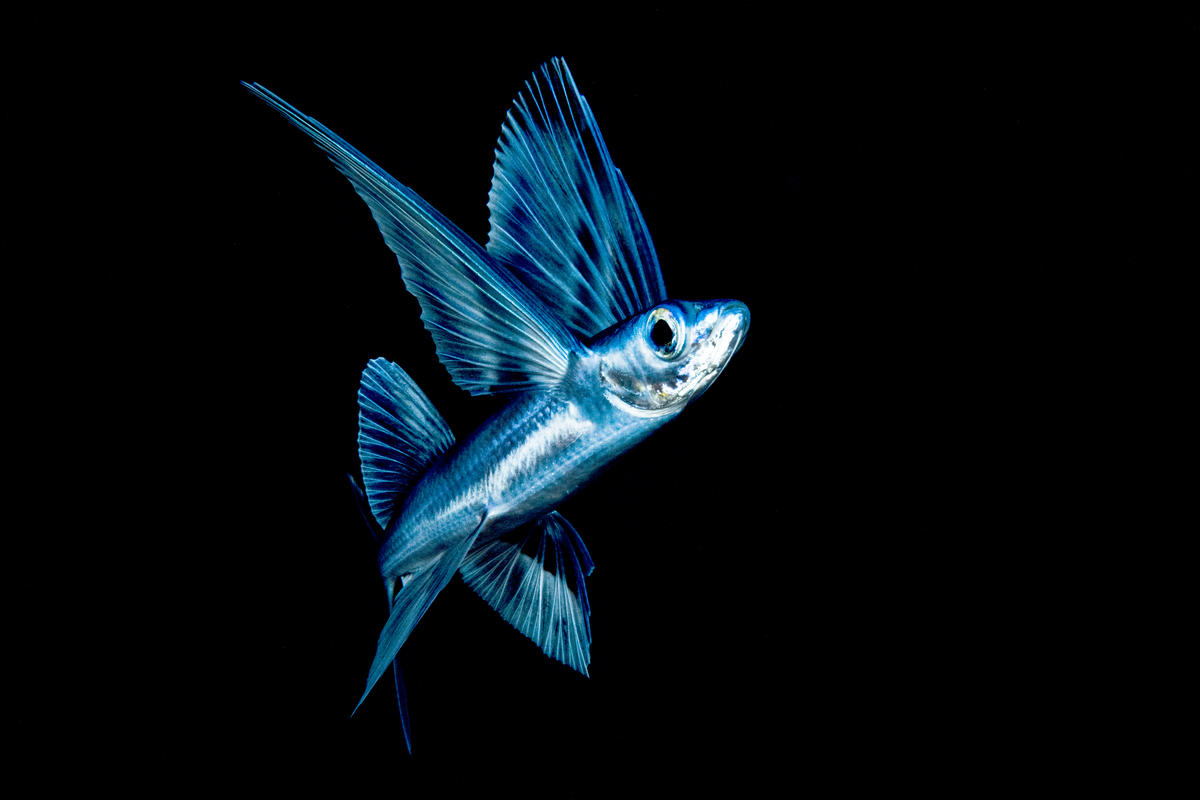
A flying fish at night in the Sargasso sea. © Shane Gross/ Greenpeace
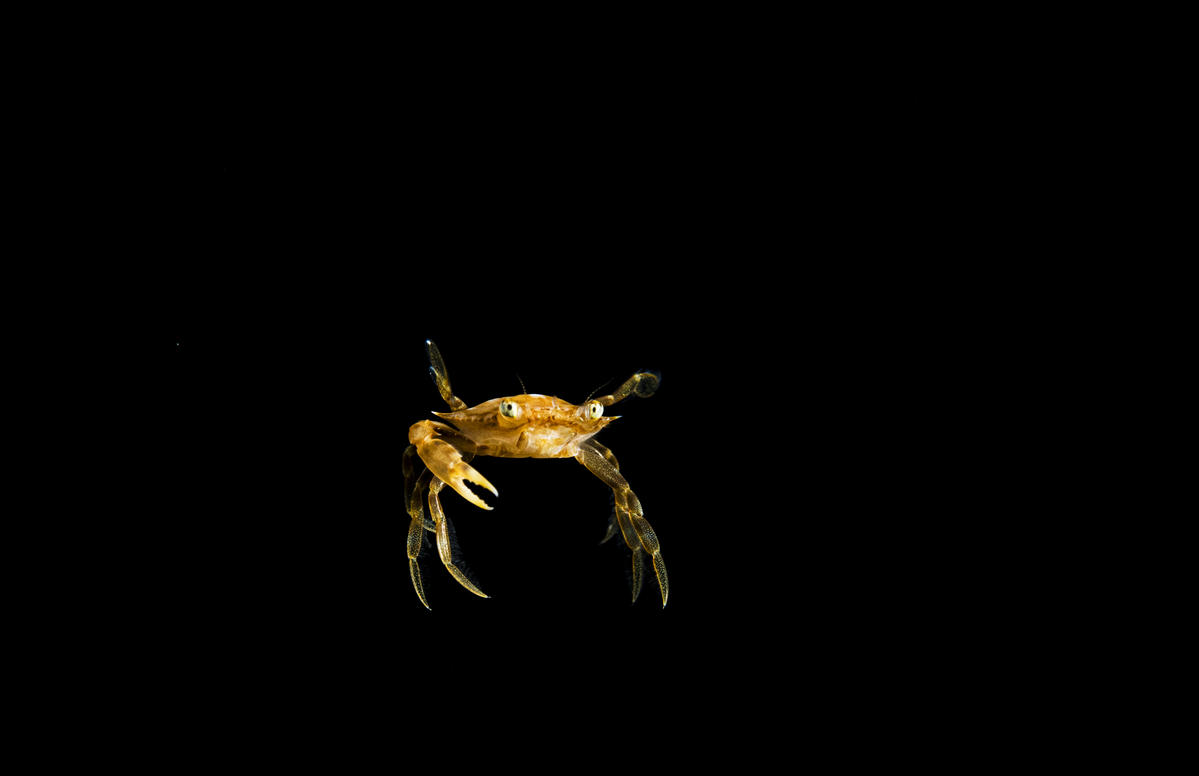
A Sargassum crab at 30 feet at night. © Shane Gross / Greenpeace
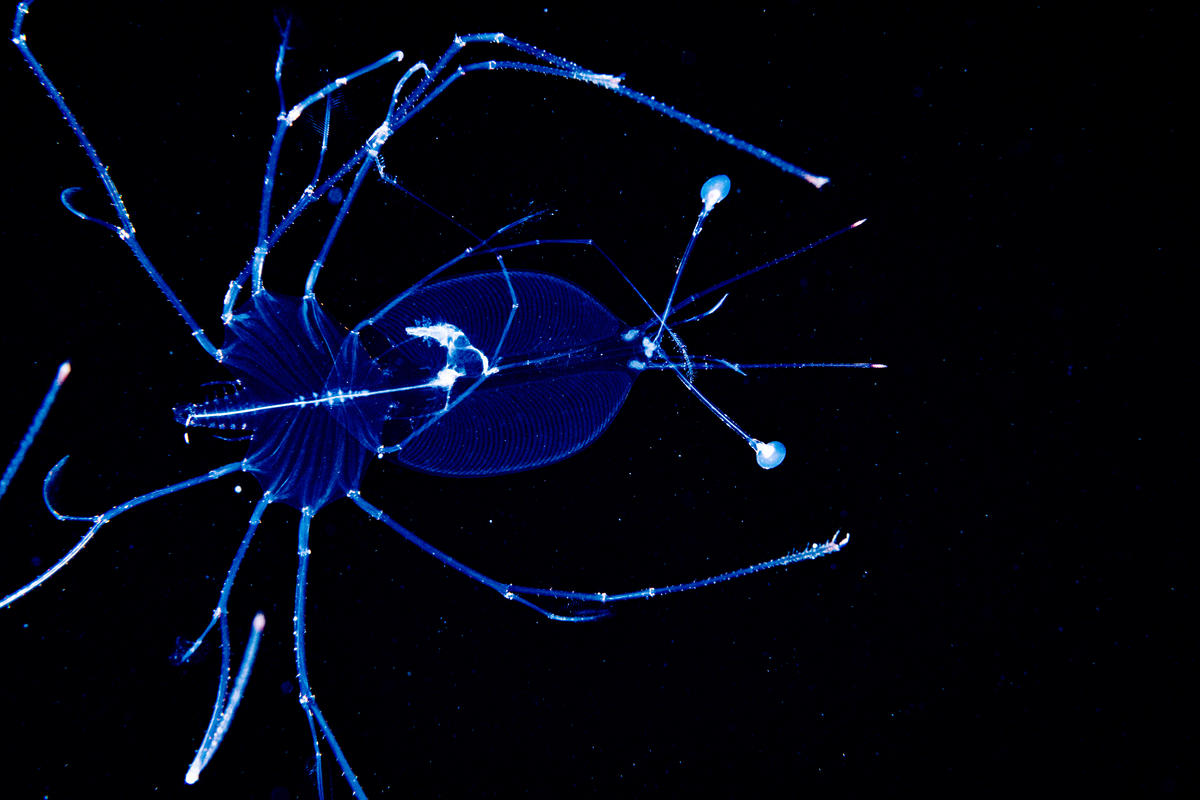
A larval stage lobster at 13,000 feet of water. © Shane Gross / Greenpeace
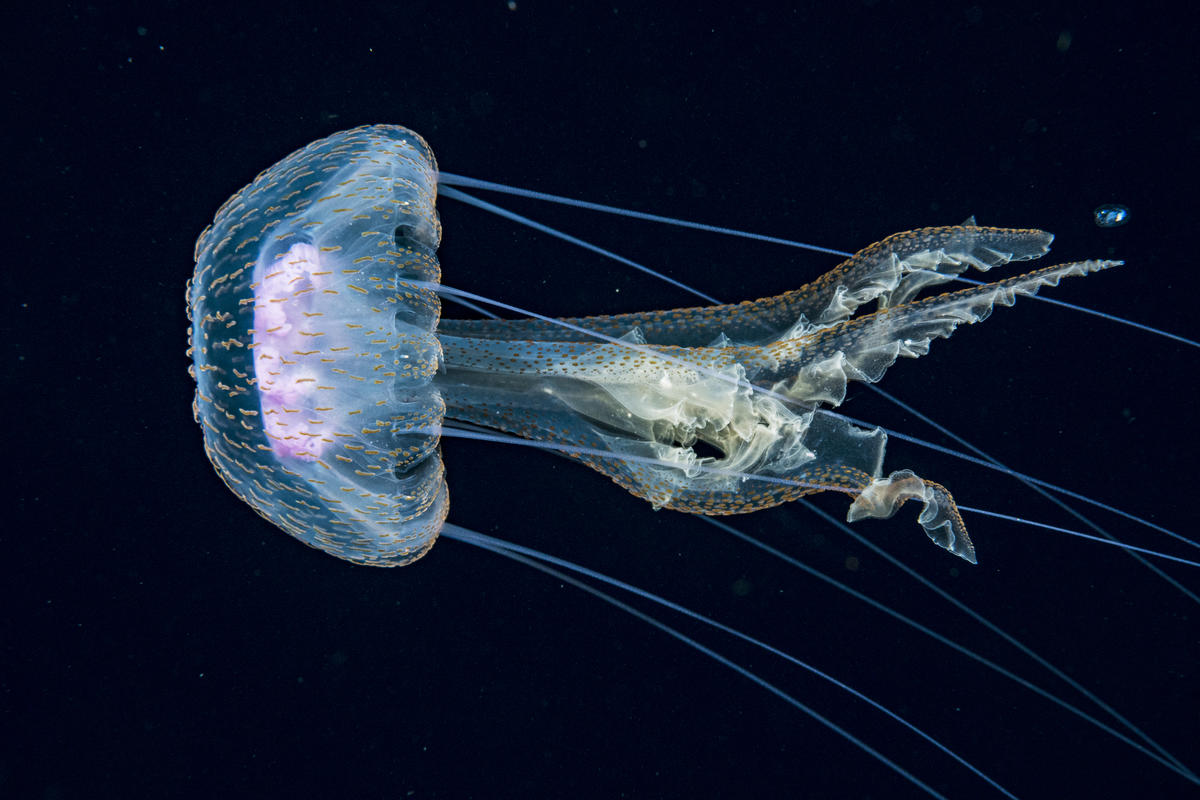
A blackwater image of a jellyfish. © Shane Gross / Greenpeace
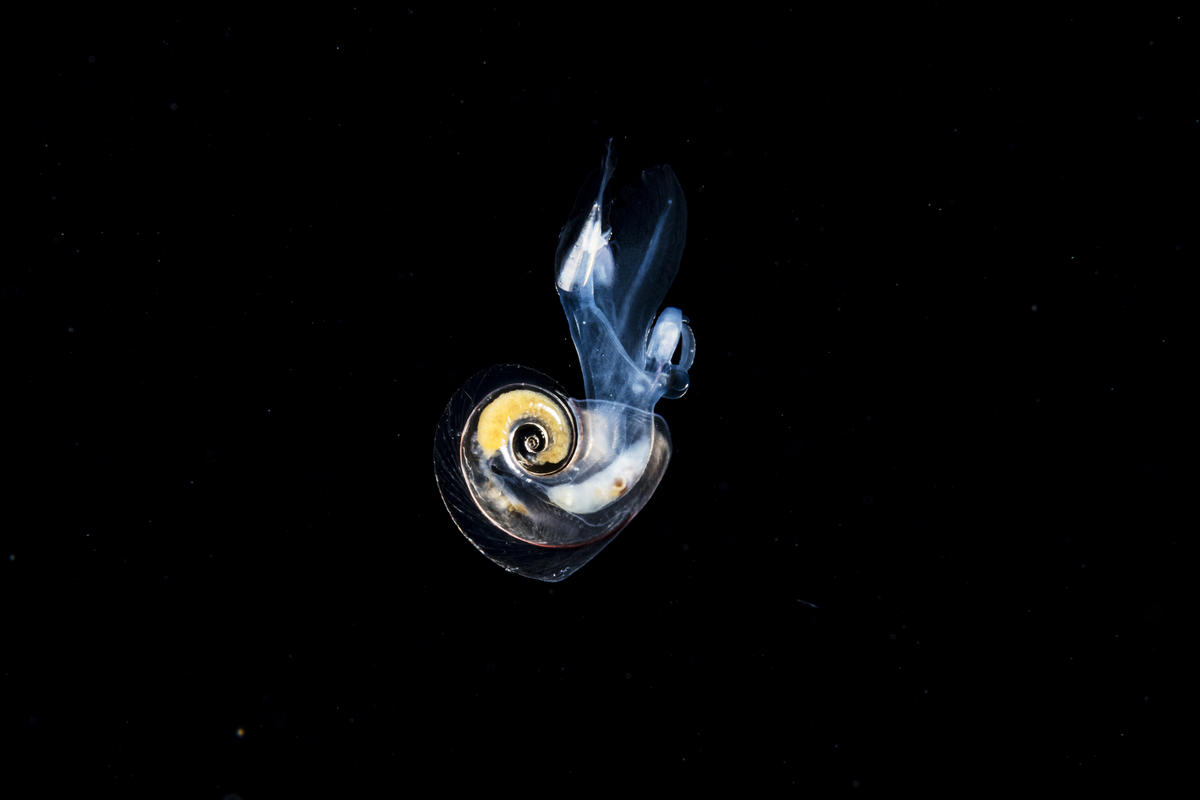
Species to be identified in the Sargasso Sea. © Shane Gross / Greenpeace
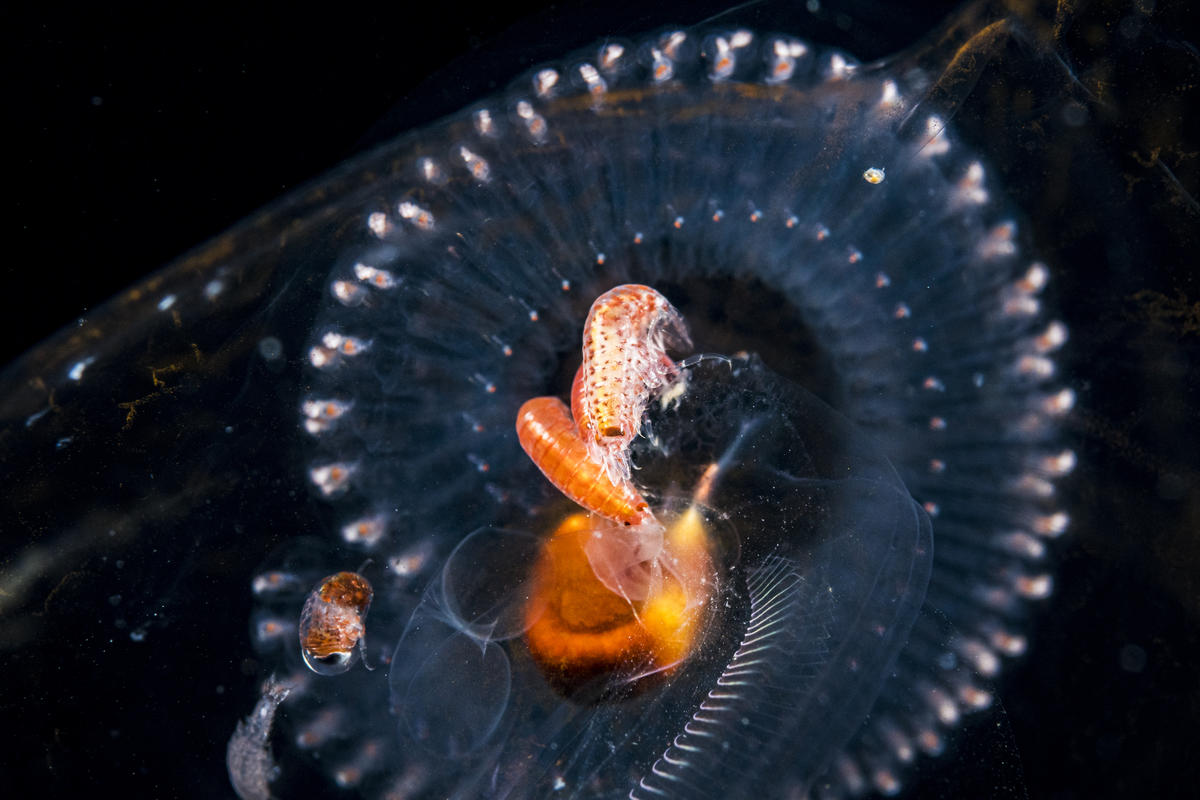
A blackwater image of amphipods in the Sargasso Sea. © Shane Gross / Greenpeace
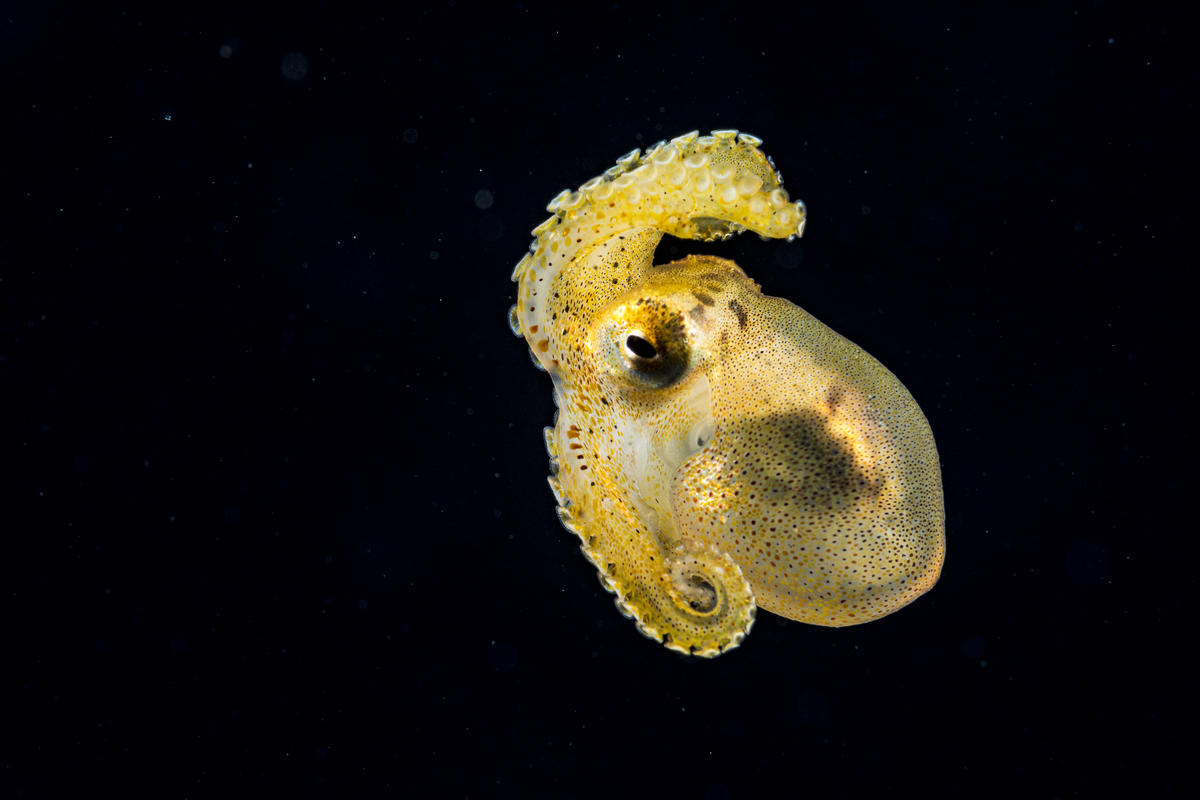
A blackwater image of an octopus in the Sargasso Sea. © Shane Gross / Greenpeace
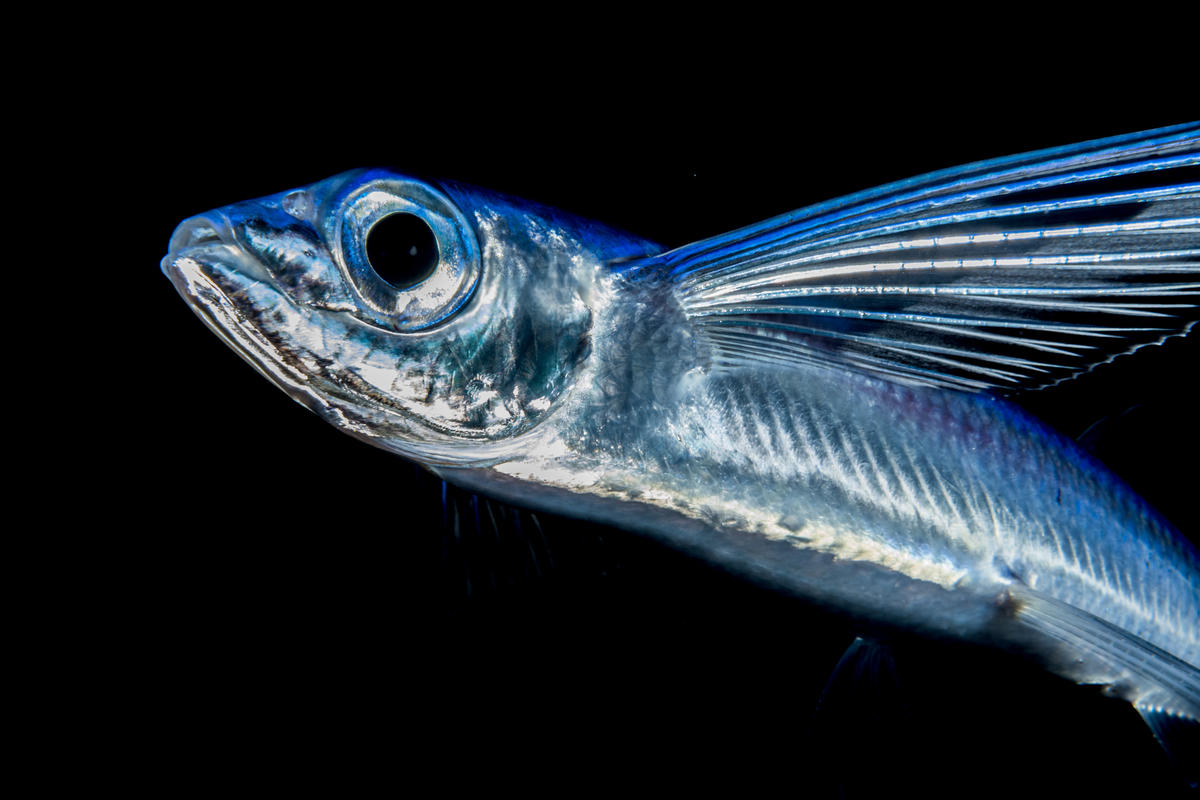
A flying fish near the surface. © Shane Gross / Greenpeace

No comments:
Post a Comment
Note: Only a member of this blog may post a comment.